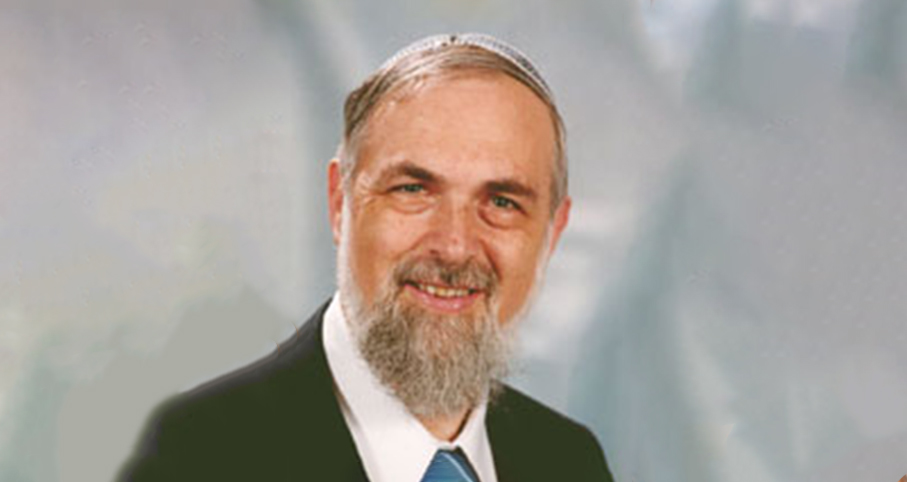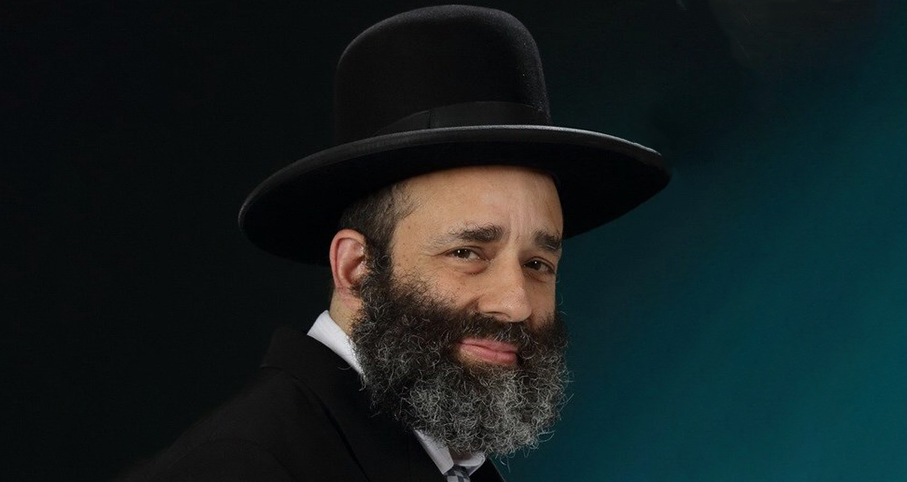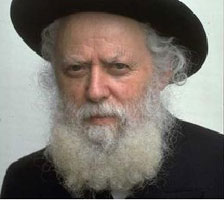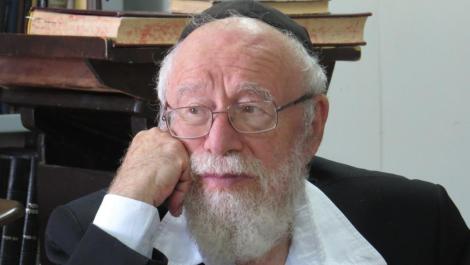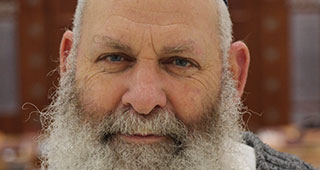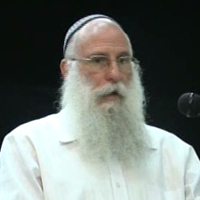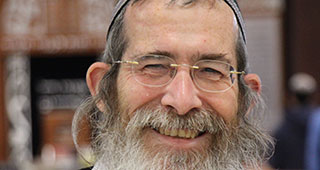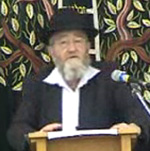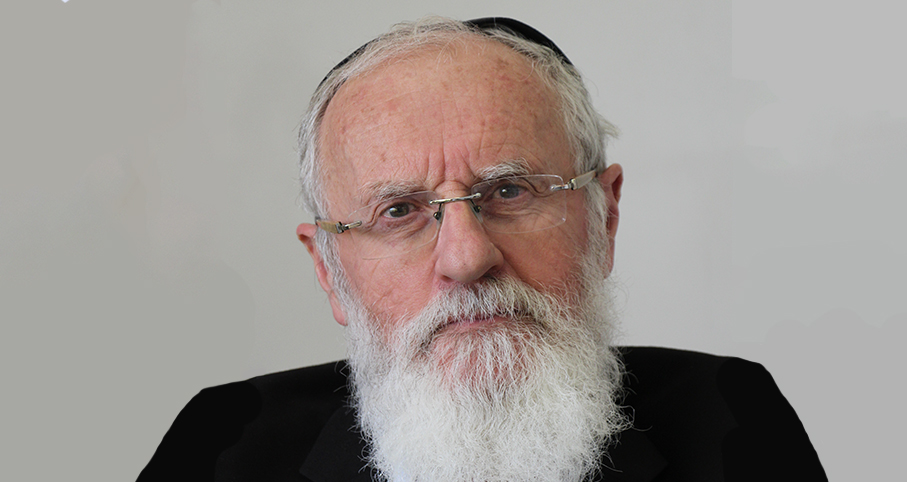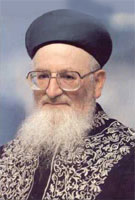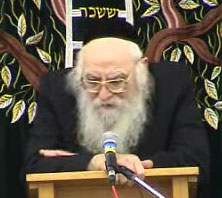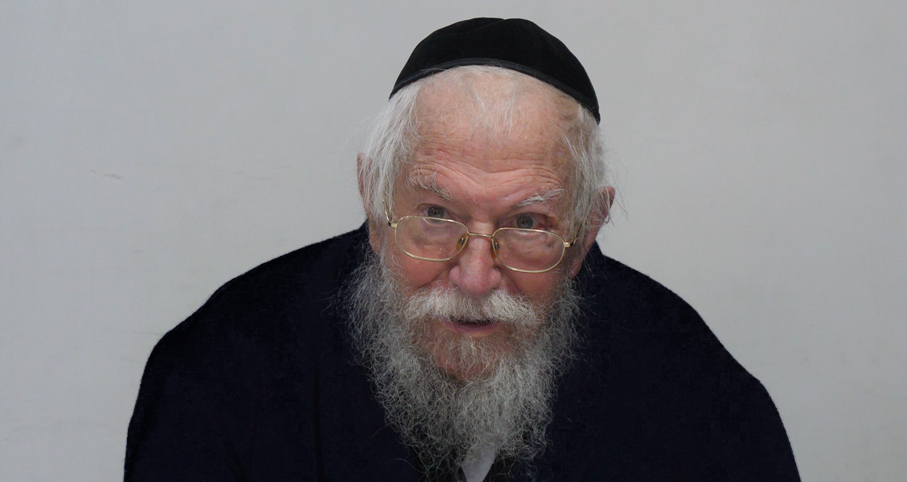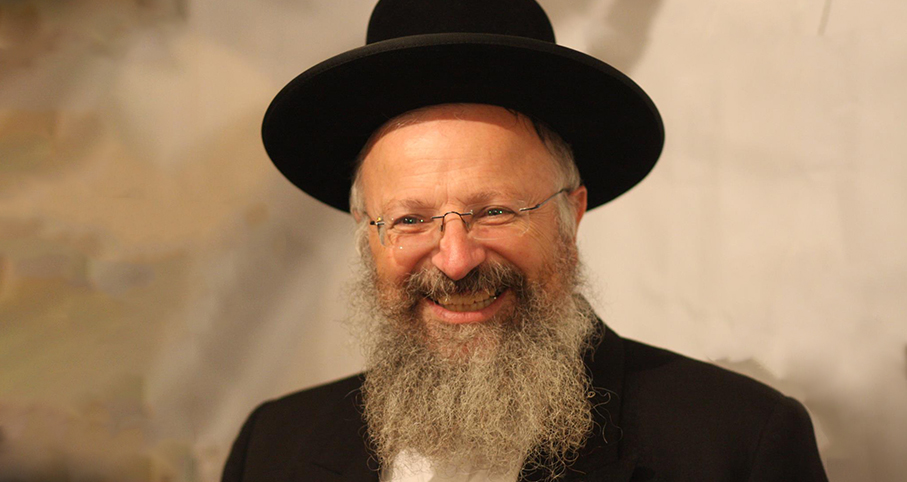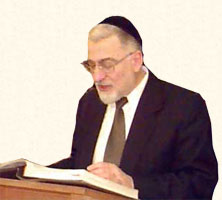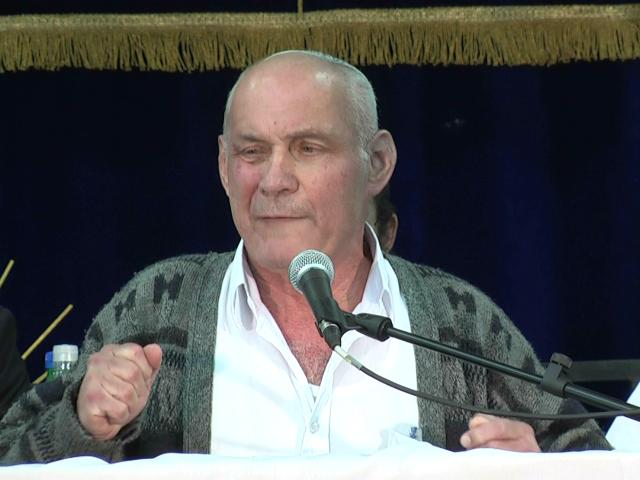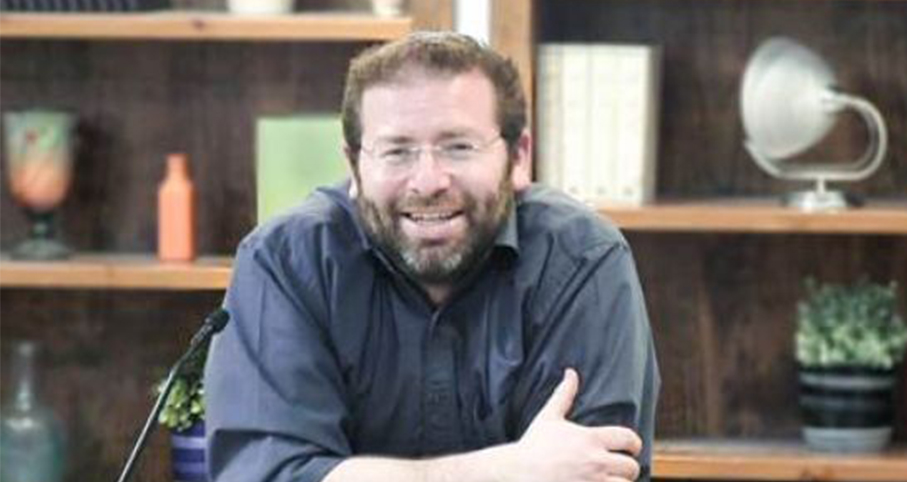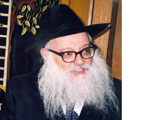Beit Midrash
- Torah Portion and Tanach
- Shmot
- Tetzave
The Torah study is dedicatedin the memory of
Asher Ben Haim
Chazal tell us that the clothing of the Kohen Gadol, which the Torah describes in proximity to the section on korbanot (sacrifices), brought atonement for Bnei Yisrael. The tunic brought atonement on matters of violence, the pants on matters of promiscuity, etc. What was the choshen’s contribution? It atoned for matters of judgment, as the pasuk says, and you shall make a choshen mishpat (judgment) (Arachin 16a). The midrash (Vayikra Rabba 10) is a little more specific, implying that it atones for corruption in the judicial system. But what connection do the choshen and judgment have with the heart, specifically, upon which the choshen is worn.
The Kli Yakar (Shemot 28:15) explains as follows. To a great extent, "judgments are entrusted to the judge’s heart, for a judge can only rule based on what his eyes see. He has the power to say on the right that it is the left and on the left that it is the right ... If a judge will say, ‘That is what seemed to me to be correct,’ who can contradict him but Hashem, who checks the hearts of man? For this reason, [the choshen] was ma’aseh chosheiv (woven, but using the root for thinking) to atone for the judge’s thoughts."
The Rama’s last gloss on Orach Chayim (697:1) discusses whether one should partake in a feast on Purim Katan (14 Adar I). He suggests to fulfill the stringent opinion by adding a little bit to his normal meal, citing the pasuk, "The good-hearted are always involved in feast." The Minchat Yitzchak (10:58) suggests the following explanation of who is the good-hearted who partakes in feast. One with a good heart is he who is careful in his monetary affairs. It is not sufficient for society that its judges are just. Every individual is personally responsible to ensure that the money he has accrued and with which he buys his meals was honestly and cleanly acquired. In discussing what makes a meal into a seudat mitzva, he says that three elements should be present. The second and third are that the participants praise Hashem and speak divrei Torah. But the first thing he mentions is that the food should be "kosher," not only from the perspective of permitted or forbidden foods, but from the perspective of the honesty employed in obtaining it, ensuring that the mitzva is not tainted by sin. This is the good heart the Rama refers to, as it is good according to the test of the choshen mishpat that sat on the heart of the Kohen Gadol and oversaw justice.
Indeed, as the idea of the Mishkan was to make a home for Hashem among every individual Jew, it is incumbent upon all to wear his personal choshen mishpat appropriately.
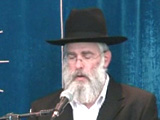
Purim and the Priestly Garments
Rabbi Ya'akov Shapira | 7 Adar 5785
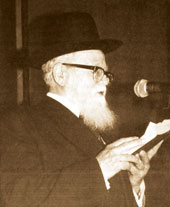
“Aharon Will Arrange them”
Based on Siach Shaul, p. 280
Rabbi Shaul Yisraeli zt"l | Adar I 5 5782
